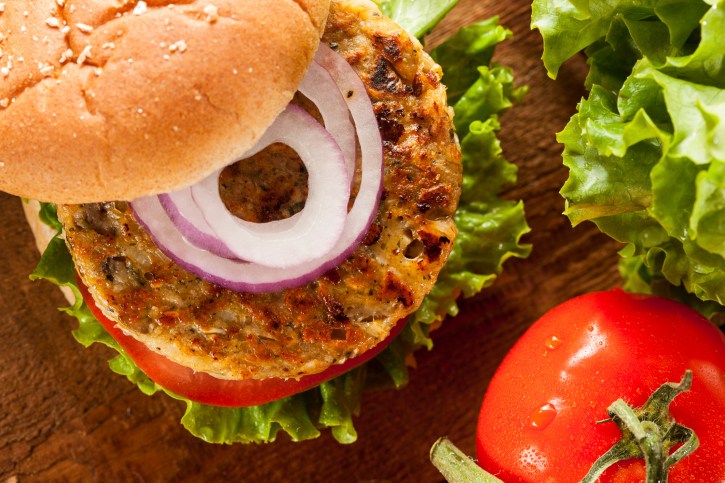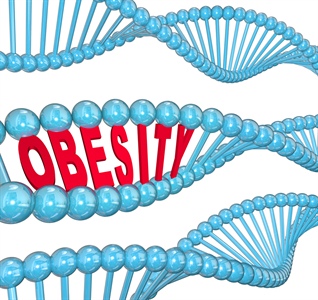Sugar Surprise How Much Sugar Are You Eating
Health professionals around the nation are urging people to decrease their intake of refined sugars to help combat rising health conditions such as obesity, diabetes, cardiovascular diseases, and certain cancers. The USDA recommends for people to consume less than 10 percent of their calories from sugar. For someone eating a 2000 calorie diet this would equate to about 12 teaspoons of sugar a day. Seems simple doesn't it? Unfortunately, it's a little trickier than you might think. The harsh reality is that on average, Americans consume around 20 teaspoons a day.
It can be quite confusing to figure out how much sugar you are consuming especially when some of it comes in natural forms such as fruit, and fruit juices. The easiest way to eliminate this problem is to back off the juice and don't worry too much about the sugar you take in from whole fruit (unless you have diabetes or hypoglycemia). Juices are pretty much pure sugar yet they are better for you than soda because along with the sugar comes loads of vitamins, minerals, and phytonutrients. However, this sugar will still lead you to gain weight so it is best to limit juice to a couple times a week and drink only a 6 ounce serving size. As far as the whole fruit goes, if we were only getting our sugars from eating just fruits an vegetables we'd be better off and would have a lower risk of chronic diseases.
So how can you tell how much sugar is in your foods? Read the labels! The first place to look is the sugar section on your food label which is located under Total Carbohydrate. A quick way to convert the sugar grams to teaspoons is to divide the number of grams by four. For example, if your food label shows 16 grams of sugar, divide that by four and you will get four teaspoons of sugar per serving. Now that you know this little trick you will be amazed how quickly that sugar adds up. Remember?your goal is around 12 teaspoons per day or less.
The next thing to be aware of is hidden sugars on the ingredient list. Here are some disguises of sugar:
? Sucrose
? Fructose
? Maple Syrup
? Molasses
? Dextrose
? Turbinado
? Amazake
? Sorbitol
? Carob powder
? High fructose corn syrup
Keep your eye out for these names on the ingredient list of your food packages. You will be surprised, just picking up a can of baked beans shows molasses, sugar, and fructose which are all driving the sugar content up.
Keeping sugar to less than 10% of your calories will go a long way towards managing your weight and health. Limit the obvious sugars such as sweets and sodas but also look into some of the common foods you buy and see if there are any sugar surprises that you have found.
-
Eat Sugar and Still Lose Weight
Since sugar does not directly lead to weight gain as it does not conta
-
The Best Diet For Belly Fat
If youre wondering what the best diet for belly fat is, the best way t
-
Weight Loss Secrets You Need To Be Aware Of
For anybody who is one of the huge numbers of people all over the w
-
Ho, Ho, Ho Into Those Christmas Calories.
* Before I even write this piece, I know that I will ruffle some fe
-
How To Lose Belly Fat For Men: 5 Strategies To Remove Your Jelly Roll, Right Now!
For anybody who is a male, and you want
-
Using Herbs For Weight Loss
In this world of extreme makeovers and desperate diets, there are two
- DON'T MISS
- Mysteries Of Syndrome X Revealed
- Fastest Way To Lose Weight Practice 7
- Hybrid Cars: The Answer To High Gas Prices?
- Bhangra Fitness: The Workout That Jives
- 4 Ways to Reduce Calories to Lose Weight
- Benefits of a Mediterranean Diet
- Ten things to ask when choosing weight loss programs online
- Simple Tricks To Make Yourself Eat Less
- Gymnema Sylvestre And Its Particular Benefits
- Top 7 Motivational Weight Loss Tips




